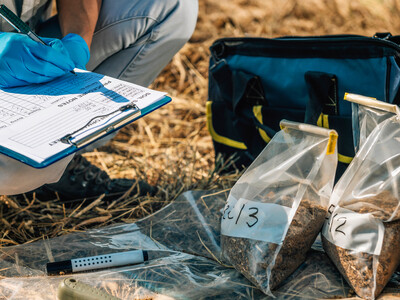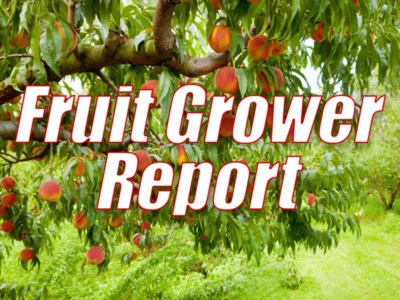Preconditioning
Shane Hall isn’t shy about why he’s in the cattle business. But as the third-generation rancher talks about the value of preconditioning, it’s easy to see it’s not just dollar signs he’s after. Cattleman Shane Hall is chasing a legacy.“I’m not in love with the romance of the cattle business. I’m in it for the money,” Hall said. “The ranch is not going to last to the next generation if it isn’t viable. We have to balance tradition with economics.”
Five years ago, with economics and profitability in mind, Hall employed a new preconditioning program for his herd. Effective preconditioning is critical for healthy and productive cattle — and helps lead to a successful business.
University of Idaho Extension Beef Specialist Dr. Benton Glaze shares results from a survey of feedlot managers asking what management practices were important to have done to cattle prior to arriving at the feedlot.
Glaze: “So in this study feedlot managers identified five different management practices that they thought were important to have to cattle before they come to the feedlot. They mentioned that calves should be castrated and dehorned at least four weeks prior to shipping. They also mentioned that calves should be given respiratory vaccine at least a couple weeks prior to weaning. They also wanted to producers to make sure that those calves were introduce to a feed bunk so they can come in and get started eating right away. Calves were weaned at least four weeks before shipping. Then the other that calves were treated internal and external parasites prior to shipping.”













